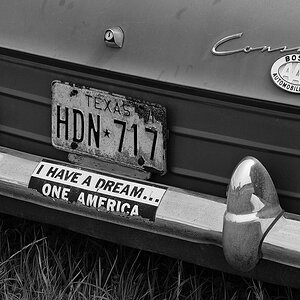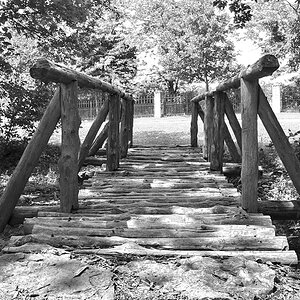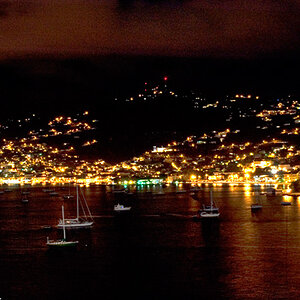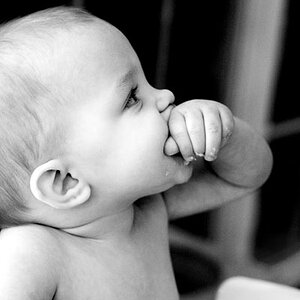hi,
I have a Nikon SB600 and I normal shoot a lot of pictures at one time. I usually take the pictures with about 10 seconds apart from each other. The ready light takes forever to turn red so I shoot anyway. Is that bad for the flash?
I have a Nikon SB600 and I normal shoot a lot of pictures at one time. I usually take the pictures with about 10 seconds apart from each other. The ready light takes forever to turn red so I shoot anyway. Is that bad for the flash?






![[No title]](/data/xfmg/thumbnail/34/34071-9d82cc63ea930e951f24480c250e35d1.jpg?1619736266)



![[No title]](/data/xfmg/thumbnail/37/37137-43b5701b1efb7322c2c9fa6a1e30ccfa.jpg?1619737884)


